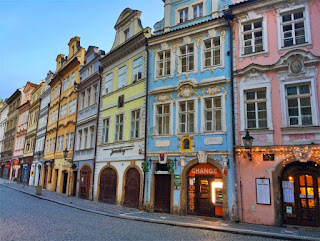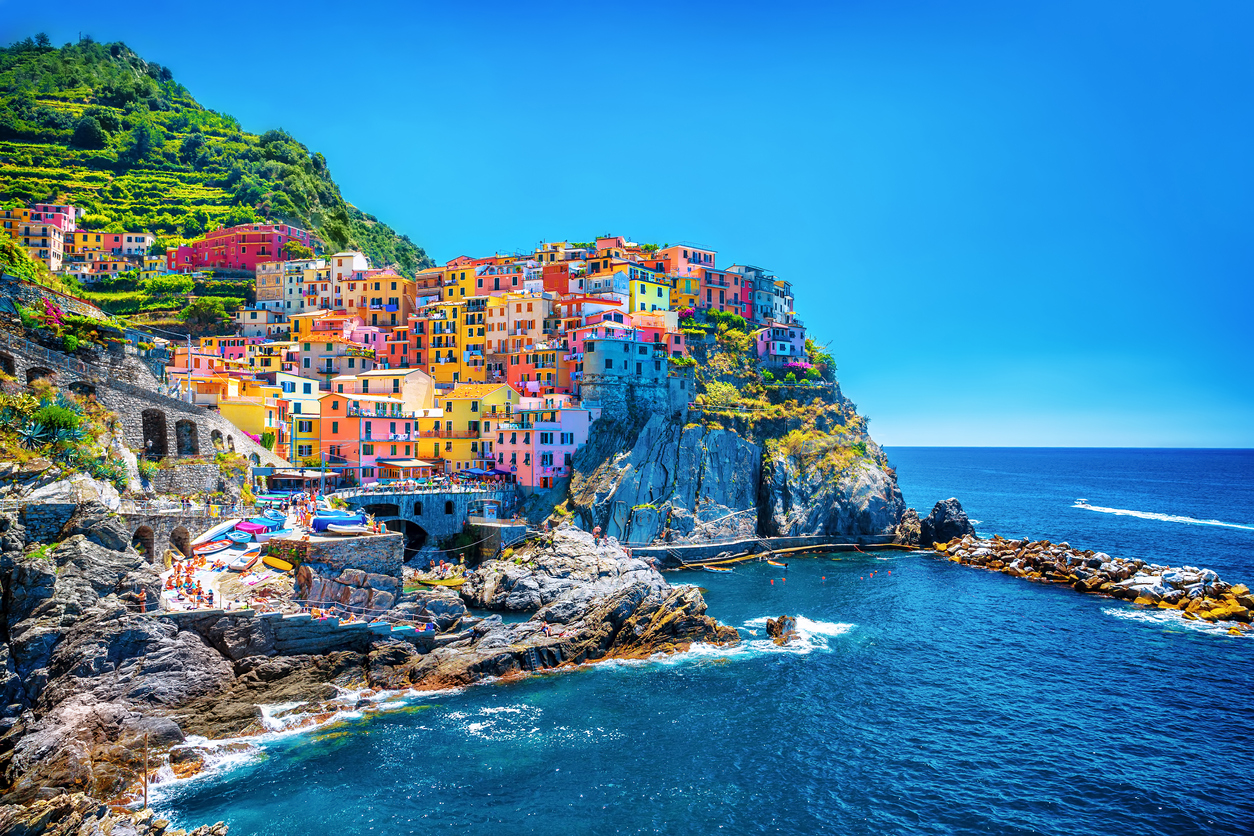 |
| Old Town Edinburgh |
The first part of the city is the old town, which was build in medieval Europe. The old town was built along tail of the city. There was limited space, so the buildings were built up a little taller. There was often buildings that would build down into the ground as well. This has made Edinburgh the place with the legend of the "underground city". Old town Edinburgh has smaller, thinner streets. There are several winding side streets, and stairs that can lead you into the heart of the city and off of the main streets.
The second part of Edinburgh is the new town. the new town emerged after the Jacobite Rebellions. The Jacobite Rebellions were the rebellions led by the Scottish people against the English. After the rebellions failed there was a social reform. The city began to expand, but instead of building the same was as the old town, they
 |
| New Town Edinburgh |
Edinburgh also has several historic landmarks. the most historic landmark it has is Edinburgh Castle.The Castle was built on top of a volcanic rock, and has the perfect defensive position. The original name of the caste was "castle Rock'. Edinburgh Castle has gone through several owners throughout it's time. When visiting the Castle the most important part to visit, would be
 |
| St. Margaret's Chapel |
Edinburgh has a great culture. The city has several festivals throughout the year that attracts many tourists. The most popular festival held is the Edinburgh festival. The Edinburgh festival is a festival held in August, that contains many art forms. The festival includes lots of music, opera, and even ballet.
I hope that I will be able to have the time to visit Scotland in the future. I am looking forward to seeing all of the historical sites and artifacts. I am looking forward to seeing Edinburgh the most, and visiting Edinburgh Castle.
Works Cited
Images found at:


















